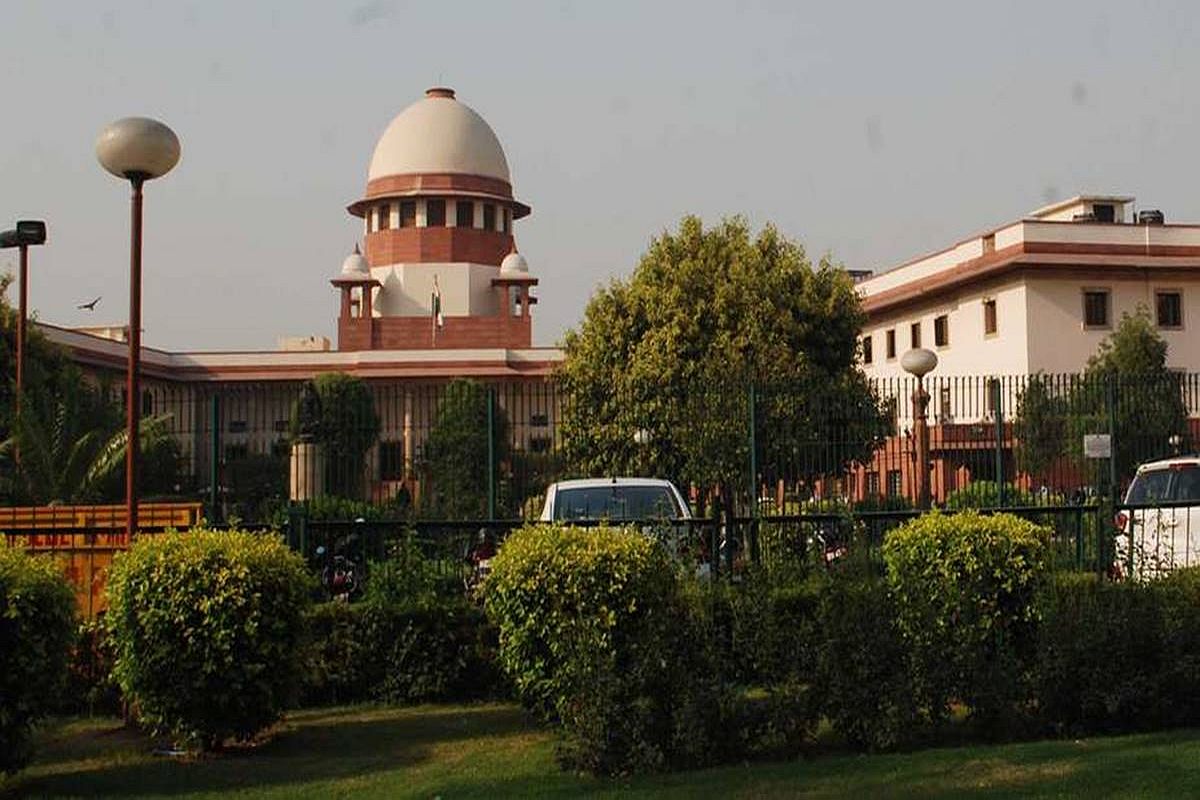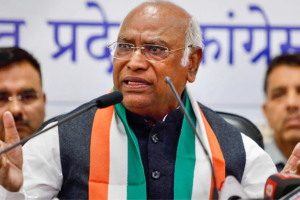Rising pendency with a backlog touching 3.3 crore cases and procedure of judicial appointments generating new tensions between the judiciary and the executive were two important and persistent issues before the Supreme Court in the last two decades.
However, it appears that these two issues have become subsidiary amongst many current concerns surrounding the institutional crisis of the Supreme Court. Early 2018 brought to the light another aspect i.e. the accumulation of the power in the hands of Chief Justice of India (CJI) to select colleagues on the bench over which he presides or allocate cases to his colleagues. It drew worldwide attention when four senior-most judges including the present CJI publicly appealed that the then CJI had been assigning cases arbitrarily and according to his own preferences.
Advertisement
This public protest though ended as abruptly as it had commenced, but only a little time thereafter the Supreme Court came again in the spotlight when the CJI introduced a new roster system. This event defied the sanctity of the Supreme Court in an unprecedented manner the country had never witnessed before. Seven opposition parties led by the Congress moved a notice for the impeachment of the then CJI accusing him of “misbehavior” and “misuse” of his administrative powers.
Though the Chairman of the Rajya Sabha M Venkaiah Naidu vetoed the notice, it brought unparalleled disgrace to the institution in general and office of CJI in particular. The ghost of the past is now haunting the office of the CJI once again with certain scintillating questions and paradoxes with respect to the working of the institution.
The first paradox, is it a mere coincidence that the judge who protested against preceding CJI arguing that ‘democracy is in danger’ is now facing serious charges of sexual harassment from one of its employees? The paradox lies in the fact that the Supreme Court that laid Guidelines and norms for preventing sexual harassment at the workplace first time in the country in famous Vishaka and Others Vs. State of Rajasthan and Others [JT 1997 (7) SC 384] failed to apply those guidelines when it came to its own working.
The guidelines besides imposing obligations on the employer to provide a safe working environment mandated that all – whether operating in the public or private sector – set up Complaints Committee within the organisation to look into such allegations. “Such complaint mechanism should ensure time-bound treatment of complaints,” the Supreme Court guidelines have provided.
The Complaints Committee should be headed by a woman and not less than half of its members should be women. Further, to prevent the possibility of any undue pressure or influence from senior levels, such Complaints Committee should involve a third party, either an NGO or other body that is familiar with the issue of sexual harassment. Unfortunately, ignoring all these principles laid down by Supreme Court itself, the Court again exhibited double moral standards.
The Supreme Court which always tried to keep a constant check over every other organ/institution/body has once again failed to apply similar method of inquiry into its own behaviour. The second paradox is that the Chief Justice, who strongly raised his voice against the former CJI’s master of roster prerogative and held a press conference alleging that he is assigning cases arbitrarily and according to his own predilections, constituted a bench comprising of himself, Justice Arun Mishra and Justice Sanjiv Khanna ( all male justices in spite of the fact that Supreme Court has three women justices at the moment) as “In Re: Matter of great public importance touching upon the independence of the judiciary.”
The Chief Justice unpredictably and going against his normal behaviour found urgency and posted the matter on the judicial side constituting a bench of three judges and holding a hearing on a holiday. This was unusual and against CJI’s own practice about mentioning of cases in the Supreme Court. The third paradox is that the Chief Justice of India judged the case, while himself being accused. Nemo judex in sua causa i.e. no one can be judge in his own cause, is a cardinal principle of natural justice.
Name of the Chief Justice was however omitted from the order. The allegations may be true, false or politically motivated but the manner in which the complainant was dealt with was undeniably vicious. Denial of hearing to the complainant and attempts to cancel her bail constitute the very essence of justice delivery process which is fair and transparent. Another principle of natural justice ‘audi alterum partem’ stands desecrated.
Fourth paradox is that the Chief Justice who himself made history by organising a press conference in January last year against the then CJI has now requested the media to show restraint to protect the independence of judiciary. The irony of the argument put forward by the Chief Justice is that an allegation of sexual harassment against him has the potential of deteriorating independence of judiciary.
The spirit of independence is precisely summed up by Lord Woolf: “The independence of the Judiciary is not the property of the Judiciary, but a commodity to be held by the Judiciary in trust for the public.” On the contrary, greater transparency and accountability in working of the Apex Court will foster more respect for the institution. For way too long the judicial body has been wrapped under the cloak of discreetness and inexplicability.
The Supreme Court of India for long has been a people’s court and has been pronouncing judgments for betterment of human conditions and upholding rule of law. At this juncture it will be surprising to see if it denies due process on the grounds of judicial independence. It will be a battle fought for all the wrong reasons.
(The writer is Registrar, National Law University Odisha)
















